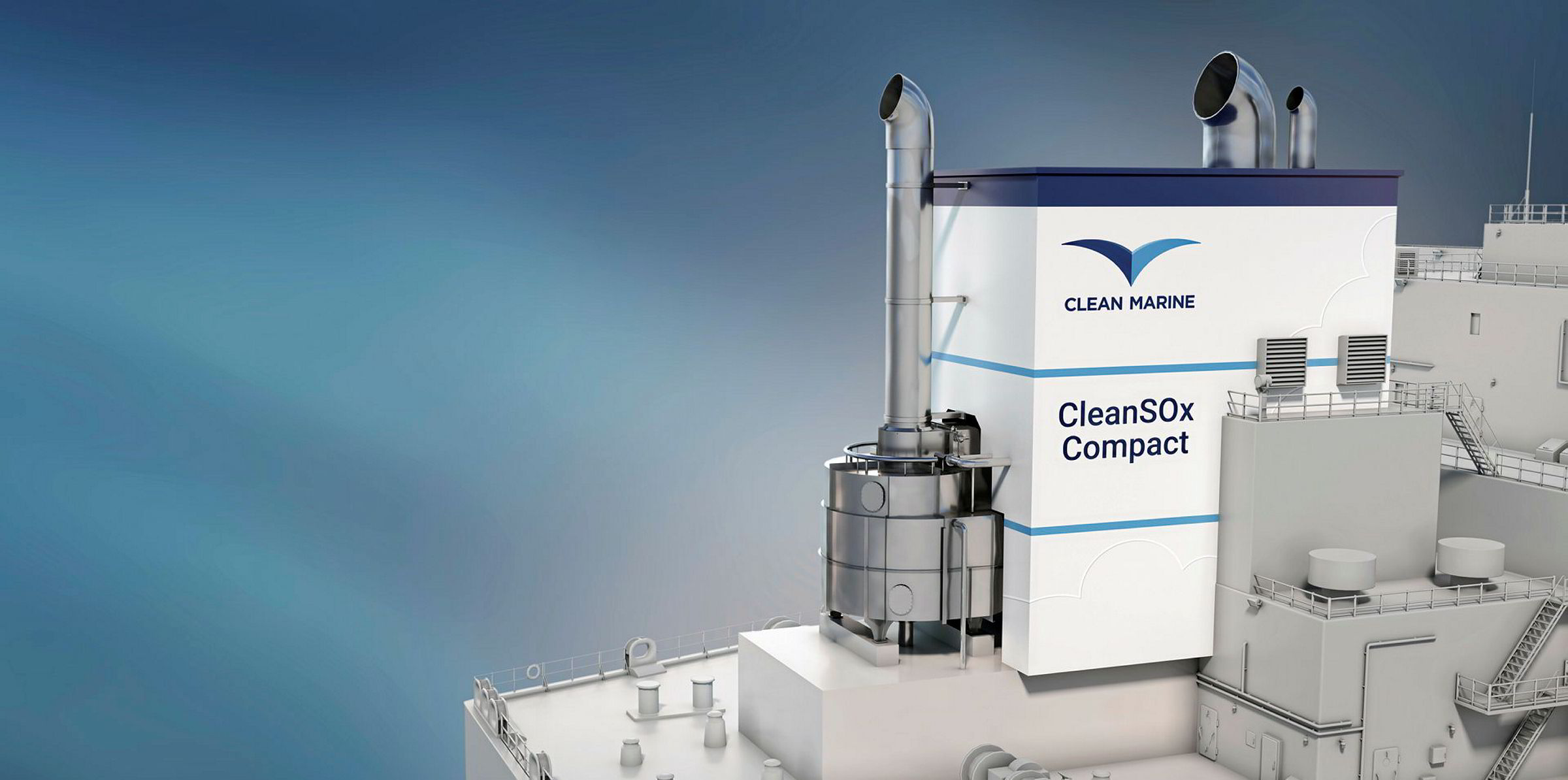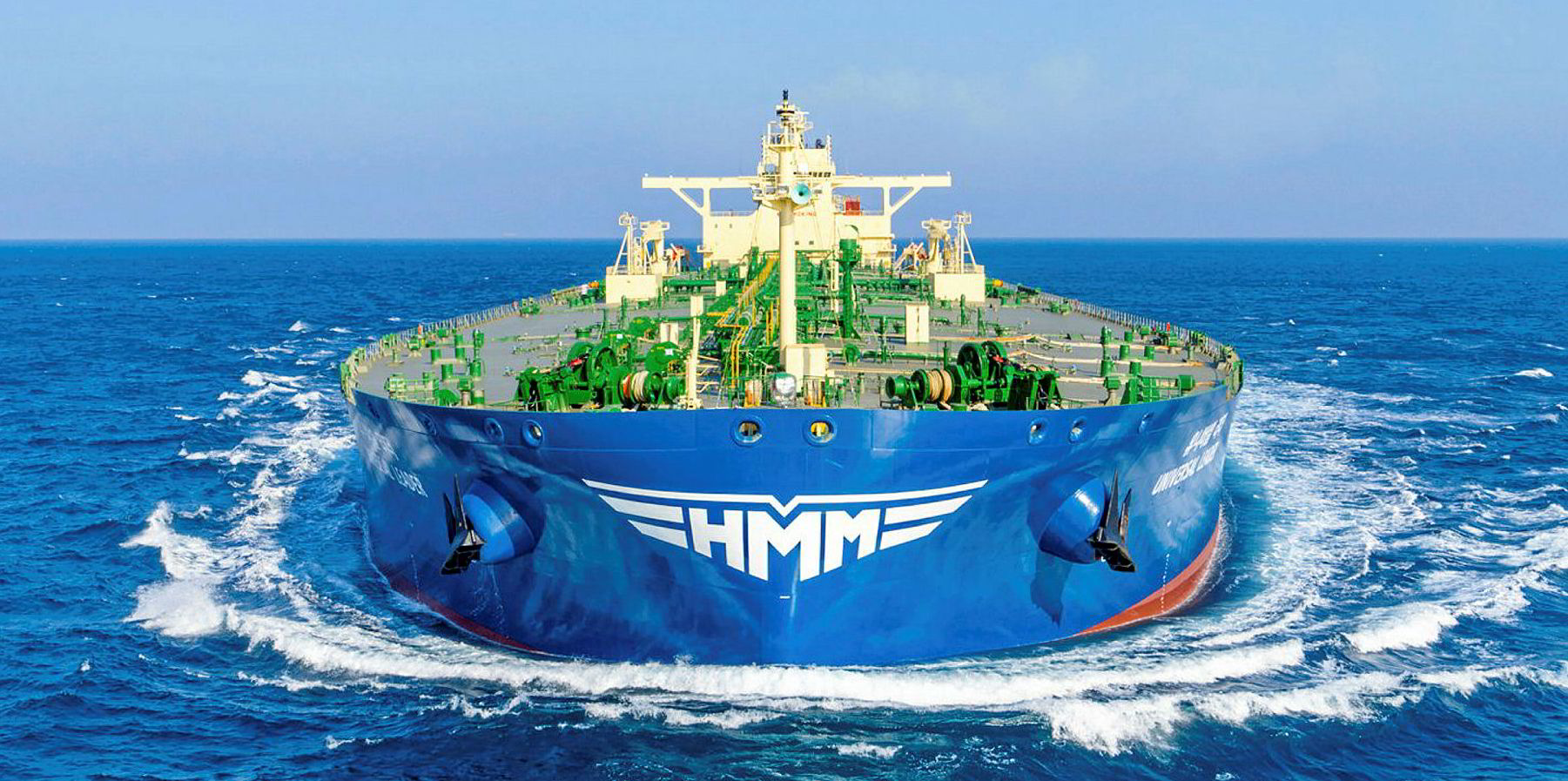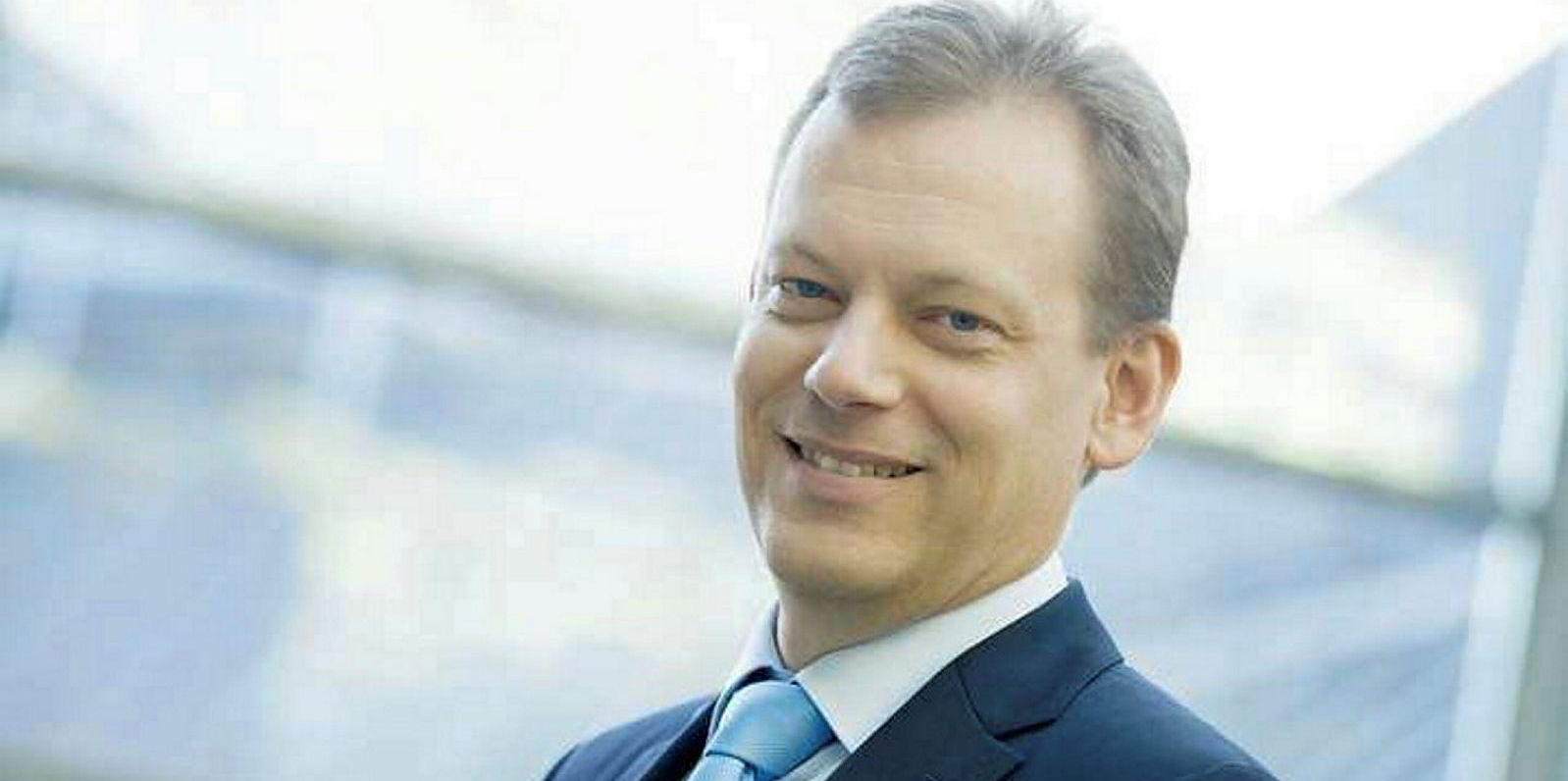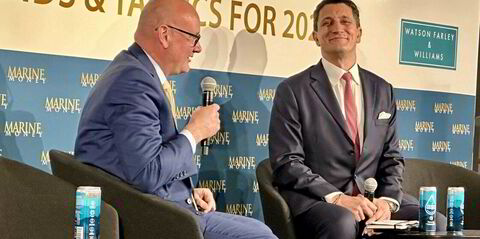Clean Marine chief executive Nils Hoy-Petersen has suggested scrubber manufacturers need to focus on their long-term environmental credentials even as their near-term business prospects are boosted by IMO 2020.
Industry estimates — including those from classification society DNV GL — show more than 3,000 vessels are due to be installed with the exhaust gas cleaning systems by 2020 as shipowners look to take advantage of forecast falling prices for high-sulphur fuel oil (HSFO).
Admitting that scrubbers represent a relatively young business line in maritime transport, Hoy-Petersen said manufacturers should focus on reducing harmful emissions while eyeing a lower carbon footprint.
Hoy-Petersen, whose company is one of the 10 largest scrubber makers by orderbook size, said manufacturers should aim to reduce particulate matter (PM) and reduce potential harm to human health.
“That’s the main objective,” he said.
Some researchers have found the usage of IMO 2020-compliant fossil fuels and scrubbers can both reduce emissions of larger PM, yet their abilities in removing more toxic ultrafine PM are doubtful.
“If a scrubber can be developed to also reduce ultrafine PM, that would be a great job," Hoy-Petersen said. "Its life in the industry can be prolonged.”
When compared with other options for complying with IMO 2020, the contribution of scrubbers to reduce greenhouse gases has remained a subject of debate. A study by Thinkstep concluded that on a well-to-wake lifecycle basis, scrubber use could lead to more global warming than LNG and marine gasoil over a 100-year time frame.
However, Sintef Ocean chief scientist Elizabeth Lindstad recently said scrubbers can actually be a better option than those competing options when it comes to cutting the carbon footprint under some circumstances. That is because HSFO is a natural byproduct of the refining process and that does not require a carbon-intensive upgrading process.
“HSFO is coming out the bottom of the refinery,” Hoy-Petersen said. “It has the lowest CO2 footprint in the whole oil set [if not processed further].”
Busy delivery schedule
While the future for the long-term application of scrubbers in shipping is not clear, Clean Marine is currently enjoying rising revenues on the deliveries of early orders, as are other manufacturers.
The Norwegian company has forecast revenues to rise to NOK 1.5bn ($170m) this year from NOK 223m last year, compared with NOK 77m in 2016. Its headcount has increased from 18 in January 2018 to 140 last year.
Hoy-Petersen indicated that his company has a busy delivery schedule for the second half of this year — and its near-term focus is on shortening the installation time.
With 90 scrubbers on its orderbook, of which 80% are open-loop, the company is set to deliver eight to 10 units per month in the run-up to 2020. Its main clients are in the tanker sector and include Eastern Pacific Shipping, Stolt-Nielsen and Hansa Tankers.
Many scrubber makers have observed a slowdown in ordering since April, with shipowners taking a wait-and-see approach due to uncertainty in fuel markets.
“It could be the end of this year or the beginning of next year before owners start to react again,” Hoy-Petersen said.
Still, he suggested Clean Marine’s delivery slots are full until early 2020. The company is introducing “open-deck” scrubbers, which reduce infrastructure requirements onboard by two-thirds, thereby shortening the installation time.

Regardless of vessel size, scrubber installation can take four to five weeks for tankers and bulkers. Hoy-Petersen said Clean Marine is aiming to cut the time to no more than three weeks — so shipowners can have shorter off-hire periods.
“This is best done in the shipyards that really know what they are doing,” Hoy-Petersen said.
He also shoots down market talk that Clean Marine previously faced order cancellations due to delays in deliveries. Hoy-Petersen said he heard some isolated cases of cancelled orders due to disputes between shipowners and charterers over how to shoulder scrubber costs — but that is not his company’s situation.
Clean Marine primarily contracts the manufacturing to Vietnamese, Chinese and Tunisian factories.
“We have some 50 employees that are stationed either on the production sites or in the shipyards during installation to ensure quality and that we deliver on time,” Hoy-Petersen said.





